Climate impacts should spur emissions curb
- Professor Wolfgang Lucht and Ioanna Mouratiadou at a session on “What’s still missing” to address climate impacts
Here in Potsdam at the Impacts World 2013, I have been searching for the links between climate impacts research and political action to curb emissions. I have talked to a lot of the scientists present from different parts of the world about this, both in the sessions and one-to-one. My concern is that the increasing focus on adaptation to cope with the effects of climate change could detract from awareness of the need for urgent political action. Professor Wolfgang Lucht , who’s in charge of Earth System Analysis at the Potsdam Institute for Climate Impacts Research PIK) and Professor of Sustainability Studies at Berlin’s Humboldt-University told me he thinks the very opposite is the case. He is convinced the evidence being amassed on the impacts of climate change will strengthen the case for stricter emissions targets. He is convinced better networking of the available data will help provide politicians with the material they need to get on with both mitigation and adaptation.
Cynthia Rosenzweig is head of the Climate Impacts Group at the NASA Goddard Institute for Space Studies. She says Hurricane Sandy was a kind of “tipping point” in awareness of the possible effects of climate change and the links to extreme weather events. She had been advising the city of New York on climate for 15 years before that. The interest, unsurprisingly, has intensified considerably.
She is also pushing very hard for better linking of different models, especially relating to the future of agriculture, and ultimately food security for the future. She introduced the conference to “AgMIP”, not a really catchy acronym, but easier than “The Agricultural Model Intercomparison and Improvement Project”. This whole conference is moving around better integration of information, better links and networks. The image of the “food web” came to me, which replaced the old “food chain”. Models at global level, domestic, regional, local, scientific bodies, ngos, governments, local authorities, have to be woven together to pool their knowledge – but in such a way that individual actors can access the info they need. A challenge indeed. There are also those here who say global scientific climate models have little relevance to adaptation to the effects of climate change on the ground. I am with Professor Lucht, who says we need the global models and the two degree target as a framework for the rest.
Climate Impacts World in Potsdam
- Artist in residence makes a visual summary of the discussion.
Potsdam, around half an hour from Berlin, is the home of the Potsdam Institute for Climate Impact Research (PIK), which has become one of the world’s leaders in its field. This week , the Institute is co-hosting “Impacts World 2013”, an “International Conference on Climate Change Effects”, along with the International Institute for Applied Systems Analysis.
I suppose you could describe climate impact research as a kind of bridge between climate science and what it means for the rest of us.
Droughts, floods, health risks, crop failures – there seem to be few areas of our lives where climate change does not have an impact.
There is a whole myriad of climate models, using different parameters and scenarios and focussing on different sectors. The ambitious aim of this gathering is to bring scientists and decision-makers together to try to understand how different sectors relate to each other and find ways of “joining the dots”..
Let me just share a couple of insights or thoughts with you that I picked up in the course of the day.
We need to bring the mass of information together in ways that make it possible for society to be prepared for extreme events and to cope with changing availability of water, different growing conditions, coastal erosion, sea-level rise.
Global trends in temperature rise are one thing – the impacts on the ground will be very different in different parts of the globe. Fitting the parts of the jigsaw together is a huge challenge.
Scientists themselves (this is based not only on the official sessions but conversations in the coffee breaks) are often confused by the differences in climate models and predictions. Slight changes to parameters can lead to hugely different results.
Feeding information from impact researchers “on the ground” back into models seems highly desirable but does not always happen.
There has been a lot of talk about communication. Some scientists think their job is to “do science”, not communicate with politicians or the public. Others want to communicate but are not very good at it. Some are very good at it and appear frequently in the media. My colleague Fiona Harvey from the Guardian, who chaired a debate on “Are the products of climate impact research really useful?” argued that all scientists should communicate their knowledge and not leave it up to a talented few. Otherwise, those who make the headlines may not be the ones who represent the consensus view. Indeed!
The media came in for a lot of stick as usual. We do have a huge influence and with it, a huge responsibility to get things right. My appeal to the scientific community – please do not put us all in the same boat. Not all of us are out to find sensations and just headlines that will attract the most attention whether they are accurate or not.
That is why I will head back into the conference and listen to more talk of the “Inter-sectoral impact model intercomparison project”, “Community-driven syntheses of climate change impact analyses”, “projection of global soil carbon dynamics”, “global multi-model perspectives on the potential and limitations of irrigation…” with the ultimate aim of finding out more about the impacts of climate change on or societies today and tomorrow. Then I will continue to try to explain it to those who rely on the media for relevant information in words they can understand…
Russia to evacuate floating ice station
Russia is preparing to evacuate a crew of 16 from a drifting Arctic research station because the ice floe it is sitting on has started to disintegrate. The news agency AFP said Natural Resources and Ecology Minister Sergei Donskoi had set a three-day deadline to draft an evacuation plan for the North Pole-40 floating station. That was yesterday afternoon. (See also Times Live for report and photo!)
“The destruction of the ice has put at risk the station’s further work and life of its staff,” the ministry said in a statement. The station is currently home to 16 personnel including oceanologists, meteorologists, engineers and a doctor. It conducts meteorological research, monitors environmental pollution and conducts a number of tests. If the situation is not addressed, it may also result in the loss of equipment and contaminate the environment near Canada’s economic zone where the station is currently located, the ministry added. The floating station is to be relocated to Bolshevik Island in the Russian Arctic with the help of an ice breaker.
Vladimir Sokolov, who oversees the floating station at the Saint Petersburg-based Arctic and Antarctic Research Institute, said the ice was disintegrating due to climate change. Russia created its first floating research station in the Arctic, the North Pole 1 in 1937. The first floating station put up by post-Soviet Russia was put together in 2003. The crew had to be rescued when the ice floe beneath it broke up in 2004.
The experts in charge say the crew’s lives are not in danger, but working conditions have become impossible. They say the fast melt of the ice is making it more difficult for research to keep pace with developments.
Not surprising, but surely another spectacular illustration of what’s happening up in the High North? Has anybody seen this making a big splash (sorry!) in the international headlines?
Biodiversity Day: The Arctic
- Svalbard reindeer, Ny Alesund
May 22 is the UN official “International Day for Biological Diversity (IDB)”. Yes, I know, I frequently wonder about the value of these “International Day of…” whatever, but usually come to the conclusion that it’s always good to have reminders or pegs to draw attention to issues that don’t always make the headlines (last time on Migratory Bird day, see Ice Blog post). May 22 was chosen because it was the day, in 1992, when the text of the Convention on Biological Diversity was adopted in Nairobi.
Anyway, at least in our northern hemisphere, May is a good time to talk about biodiversity, as nature bursts into life (or creeps out gently with the temperatures in my part of Europe currently a little on the chilly side) after the winter rest. Like so many things in our world, this is also affected by climate change, with increasing variability in temperature and conditions having an impact on the seasons.
This May also sees the publication of the “Arctic Biodiversity Assessment“. It was released at the meeting of the Arctic Council in Kiruna on May 15th. Let me quote a little from the intro, which sums up why Arctic biodiversity is so special:
“The Arctic holds some of the most extreme habitats on Earth, with species and peoples that have adapted through biological and cultural evolution to its unique conditions. A homeland to some, and a harsh if not hostile environment to others, the Arctic is home to iconic animals such as polar bears Ursus maritimus, narwhals Monodon monoceros, caribou/reindeer Rangifer tarandus, muskoxen Ovibos moschatus, Arctic fox Alopex lagopus, ivory gull Pagophila eburnea and snowy owls Bubo scandiaca, as well as numerous microbes and invertebrates capable of living in extreme cold, and large intact landscapes and seascapes with little or no obvious sign of direct degradation from human activity. In addition to flora and fauna, the Arctic is known for the knowledge and ingenuity of Arctic peoples, who thanks to great adaptability have thrived amid ice, snow and winter darkness… The Arctic is made up of the world’s smallest ocean surrounded by a relatively narrow fringe of island and continental tundra. Extreme seasonality and permafrost, together with an abundance of freshwater habitats ranging from shallow tundra ponds fed by small streams to large deep lakes and rivers, determine the hydrology, biodiversity and general features of the Arctic’s terrestrial ecosystems. Seasonal and permanent sea ice are the defining features of the Arctic’s marine ecosystems.”
Biodiversity loss is happening at a frightening rate all over the globe, and the Arctic is no exception. On the contrary, with the climate there warming so much faster than the global average, Arctic biodiversity is under terrific pressure. As a contribution to halting the loss of biodiversity, the Arctic Council initiated the Arctic Biodiversity Assessment, consulting scientists on what could be done to alleviate pressures on Arctic biodiversity. The report gives an overview of the stress factors putting Arctic biodiversity and suggests possible actions to enhance biodiversity conservation.
The authors stress that there are substantial gaps in our knowledge of Arctic biodiversity. There is a huge need for continuing research.
Climate change is clearly a major problem. Melting ice, melting permafrost, warmer ocean – clearly such changes to some of the defining factors influence living conditions for flora and fauna too. With warming paradoxically making it easier to indulge in activities in the far north which could exacerbate climate change even further, the situation is complex and the time pressure huge.
Reports of this kind are usually very hard to read. I must commend the authors for the online presentation of this one. It’s divided into readable chapters and has some spectacular pictures. Some were taken by Lars Holst Hansen at Zackenberg, Greenland. I met and interviewed Lars at Zackenberg Station in north-eastern Greenland in 2009. The radio feature I made at that time is still very relevant and describes work at the remote research station, which monitors a wide range of environmental parameters, including of course, lots of biodiversity.
LISTEN: Changing Arctic, Changing World: Greenland’s Changing Climate.
I went counting musk oxen with Lars while I was at the station. One of his photos of the “big hairy beasties” is actually being used on a stamp incidentally. Congratulations Lars for the brilliant picture and for this contribution to spreading the word about the need to protect the fragile Arctic environment and its biodiversity.
Arctic Council disappoints Greenpeace,WWF
Environment ngos have expressed disappointment at the outcome of the Arctic Council meeting in Kiruna on May 15th. Too little action and too slow, seems to be the consensus.
Alexander Shestakov, Director of WWF’s Global Arctic Programme said: “We are disappointed that the Council is not moving faster to address such urgent issues as preventing oil spills, and reducing the impacts of regional and global climate change.” Shestakov says the issues have been placed on the “back burner” for two years, and “the pace of change in the Arctic does not allow for a two year time-out.”
Greenpeace International senior policy advisor Ruth Davis said: “Throughout this meeting, the evidence from scientists and Indigenous Peoples has highlighted the devastating impacts of our fossil fuel addiction on the Arctic. Yet the Council seems in the thrall of business interests wishing to extract more oil and gas, whatever the costs to local people, wildlife and the future health of the planet”.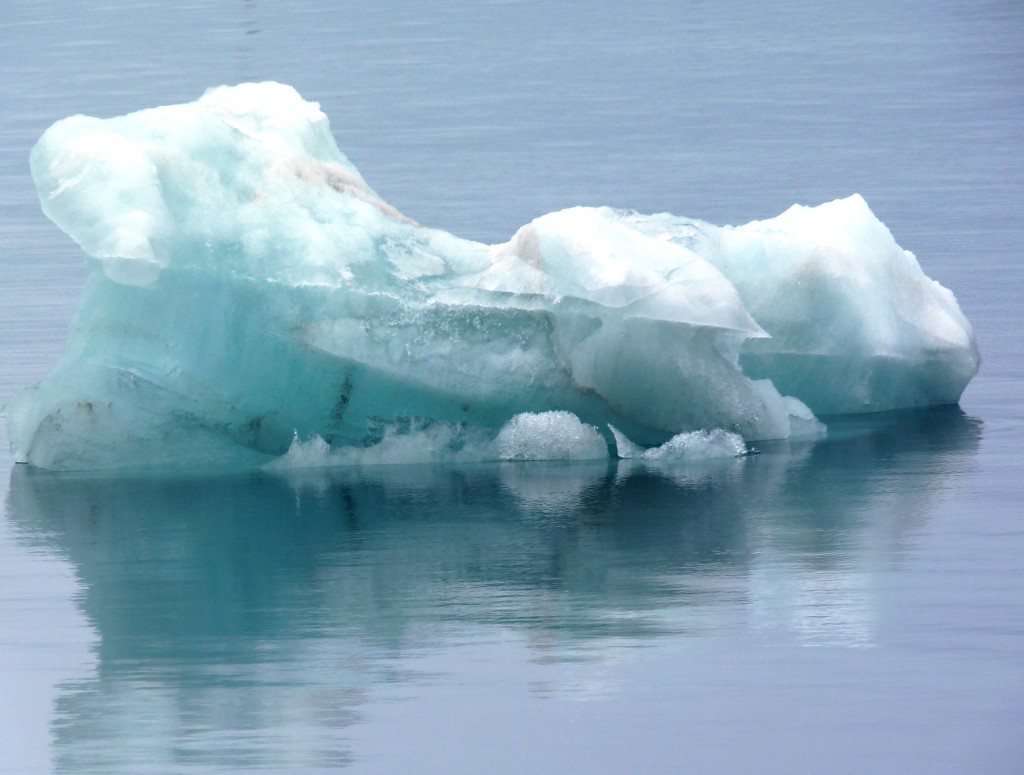
- Endangered species
Oil spill response
An oil spill response agreement was officially signed at the Kiruna meeting. WWF has official observer status and was involved in drafting the agreement. The organisation says it “will be watching to ensure that the agreement is effectively implemented”.
Greenpeace (whose request for observer status was turned down at the meeting) is highly critical of the “Cooperation on Marine Oil Pollution Preparedness and Response in the Arctic Agreement”, signed in Kiruna. Greenpeace says “it includes no specific practical minimum standards that governments must adhere to, and has no provisions to hold companies liable for the full costs and damages of a spill should one occur”. Greenpeace had leaked the draft document back in February, saying it was “disappointingly weak”.
Black carbon
The other key issue environmentalists would like to have seen progress on is black carbon or soot. WWF says Russia blocked negotiations on an agreement to tackle black carbon, which is produced by burning diesel and other fuels and is blamed for increasing the melting of Arctic ice and snow.
Greenpeace sees a wide gap between the “firm recommendations from its (Arctic Council’s) own scientists based on the Council-commissioned reports on ocean acidification and the impact of climate change on biodiversity”, and the “lack of any meaningful action”. That gap between evidence and recommendations from scientists and real political action, it seems to me, becomes even clearer looking at the wider cause of climate change in the Arctic and around the globe – human-made emissions of greenhouse gases. Without rapid action from the main emitters (one is a member of the Arctic Council, another has just been given observer status), it seems more than likely the Arctic as we know it will not exist for much longer. As I have written here before – “you can’t have your ice and melt it“. Can you?



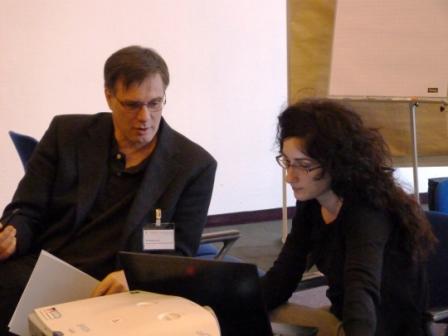
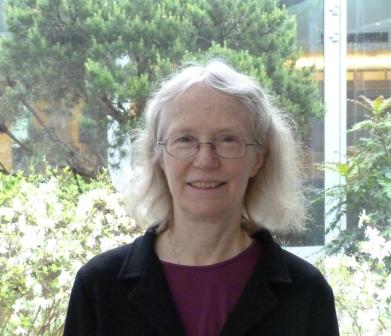


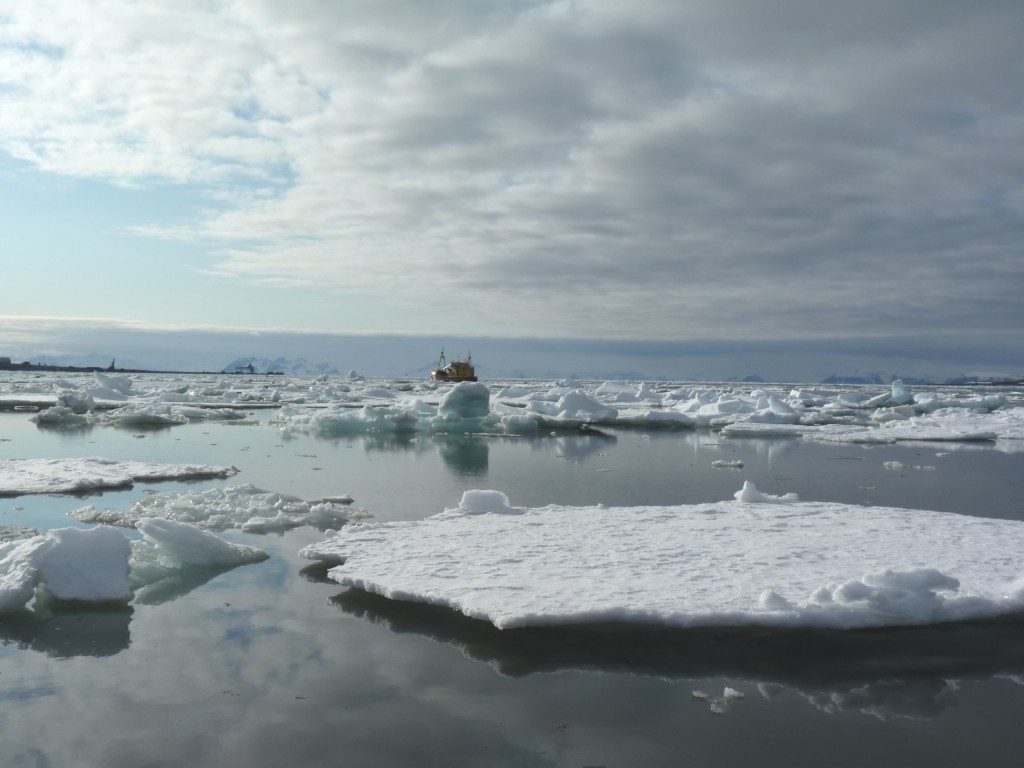
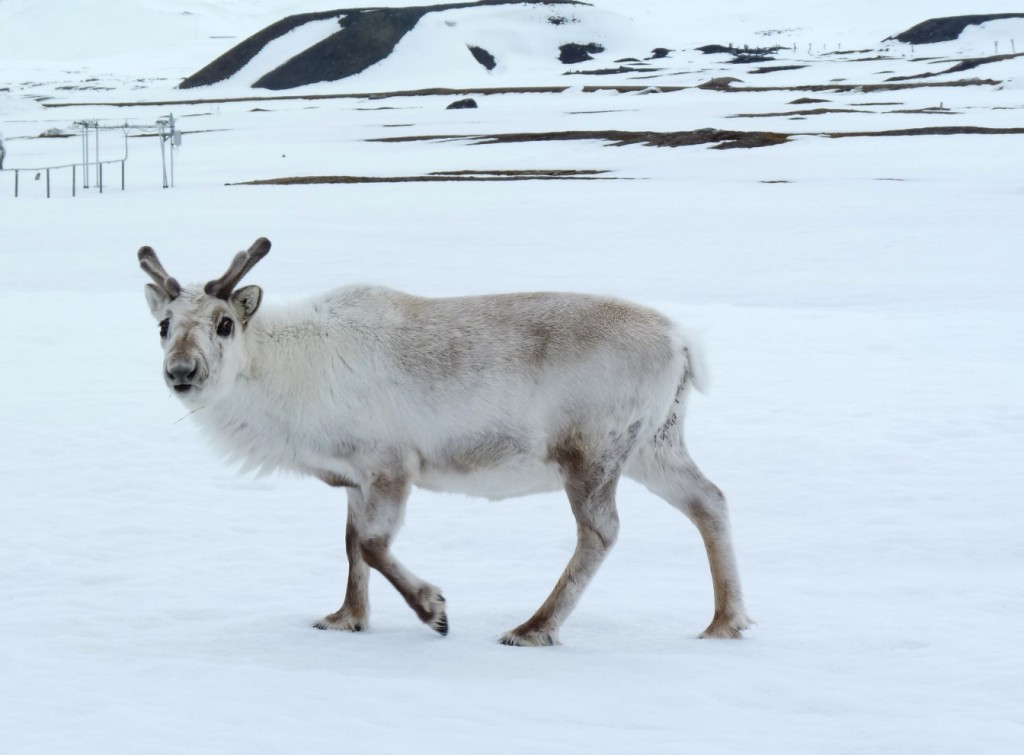
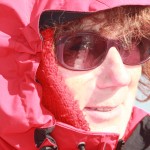
















Feedback